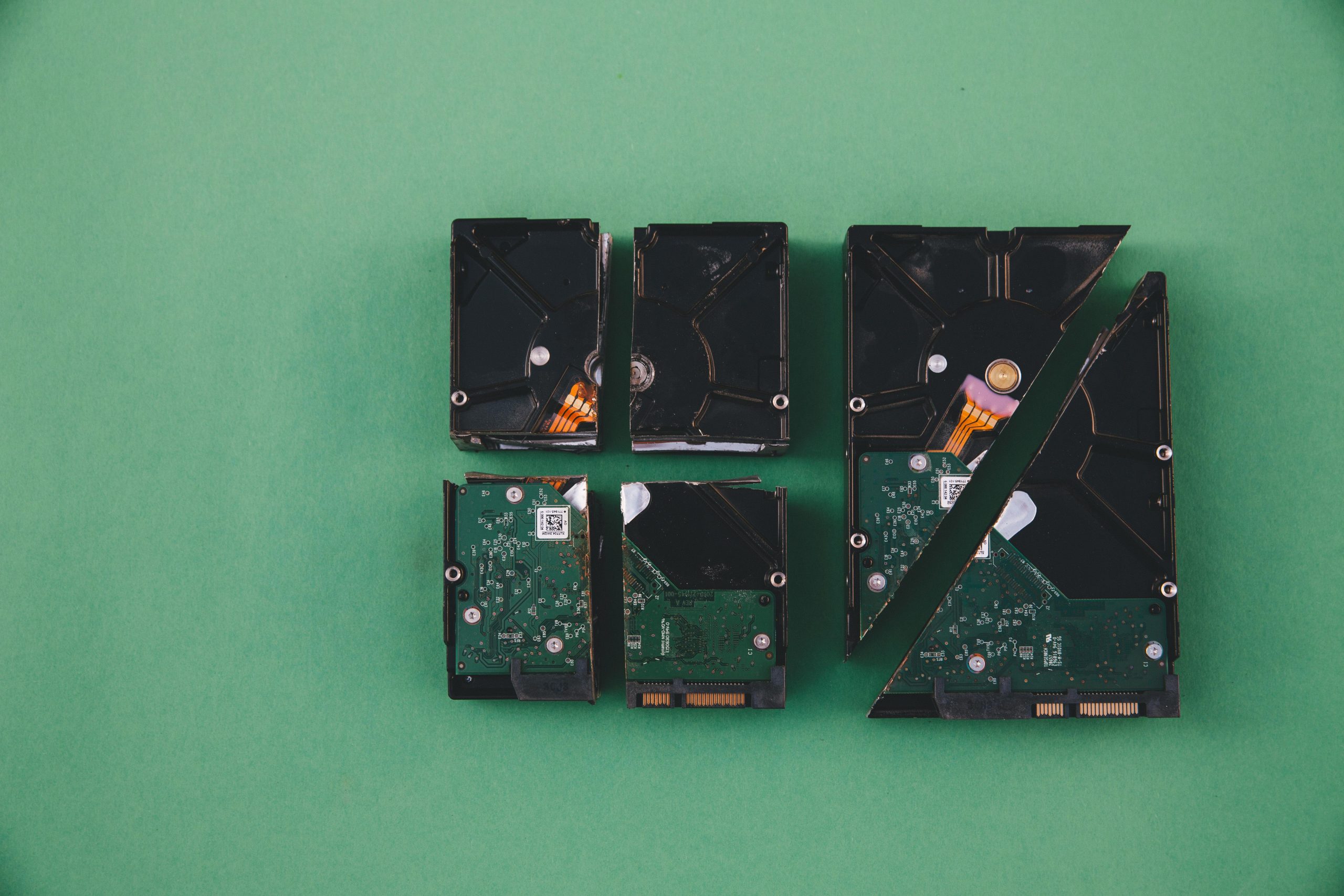Understanding Blue Screen Errors Following Disk Cloning on a Windows 10 System: A Case Study
Introduction
Experiencing Blue Screen of Death (BSOD) errors can be a perplexing and frustrating issue for Windows users. These errors often indicate underlying hardware problems, driver conflicts, or issues related to recent system modifications. This article explores a real-world scenario involving a user who encountered recurring BSODs after attempting to clone a failing hard drive onto a new solid-state drive (SSD). By examining this case, we aim to shed light on potential causes and troubleshooting strategies.
Case Overview
The user received a Dell HP Envy m6 laptop, powered by an Intel i5 3230m processor, 8GB of RAM, and equipped with a 1TB HDD. The primary concern was significant system slowness accompanied by sporadic BSODs. The original HDD, a HGST 1TB drive, exhibited signs of failure, including bad sectors identified through diagnostic tools such as HD Tune.
Initial Diagnosis
Diagnostic results confirmed the HDD’s deteriorating health, prompting the user to attempt data preservation and system upgrade. Recognizing the importance of retaining installed programs and settings, the user opted to clone the existing Windows installation onto a new SSD. Although cloning the operating system is generally not recommended due to potential compatibility issues, in this case, it was chosen to preserve a complex software environment.
Cloning Process and Challenges
The user first tried using Acronis True Image, but the process was aborted due to the source drive’s bad sectors. To bypass this hurdle, an alternative disk cloning tool, EaseUS Disk Copy, was employed, which successfully completed the cloning process without observed errors.
Post-Cloning Behavior
Initially, the cloned system booted successfully. However, within a few minutes, it experienced a BSOD labeled “SYSTEM THREAD EXCEPTION NOT HANDLED” without specifying affected files. The user attempted remediation through the built-in System File Checker (sfc /scannow), but shortly thereafter encountered another BSOD with the error “IRQL NOT LESS OR EQUAL.” Multiple hardware tests were performed, including replacing RAM modules with known-good sticks, but the errors persisted, often occurring minutes after system startup.
Potential Causes and Troubleshooting Strategies
- Cloning Damage:
Cloning from a failing drive, even with software designed to handle bad sectors, can transfer corrupted data or system files. This corruption may cause system instability or BSODs.
2.
Share this content:



